Sizzling Secrets: 7 Must-Know Spice Tips for Mastering American Latin Food at Home
Spice is the heartbeat of American Latin cuisine — it’s what makes your taste buds dance, your kitchen smell like a fiesta, and your dinner guests beg for seconds. Whether you're whipping up tacos on a Tuesday or hosting a weekend BBQ with Latin flair, getting the spices right can transform your home cooking from good to ¡sabroso!
Table of Contents
- Introduction
- Tip #1: Understand the Holy Trinity of Latin Spices
- Tip #2: Don’t Skip the Toasting Step
- Tip #3: Balance Heat and Flavor with Chiles
- Tip #4: Fresh vs. Dried Herbs — Know the Difference
- Tip #5: Citrus Zest Adds a Bright Kick
- Tip #6: Make Your Own Mojo and Adobo Blends
- Tip #7: Store Spices Like a Pro
- Buying Guide: Top Spice Kits for American Latin Food
- Conclusion
Introduction: Why Spice Makes the Dish
American Latin food isn’t just about bold flavors — it's about layering aromas, textures, and spice profiles that tell a story rooted in centuries of tradition. From Tex-Mex to Puerto Rican influences, the use of spices brings out the soul of every dish.
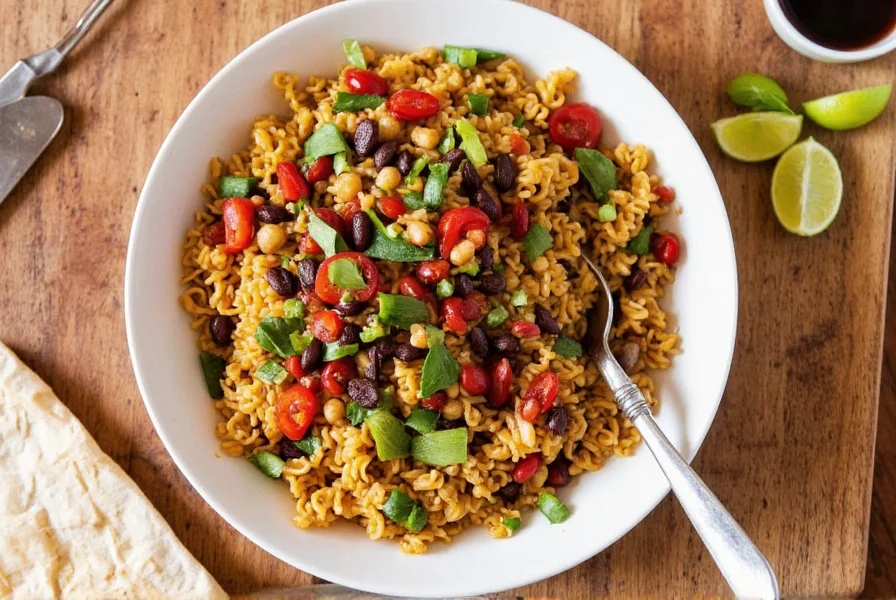
Whether you're new to this culinary style or a seasoned cook looking to deepen your game, here are seven sizzling tips to help you master American Latin food using the magic of spice.
Tip #1: Understand the Holy Trinity of Latin Spices
In many cuisines, there's a base trio of ingredients that form the backbone of flavor. In American Latin cooking, those stars are:
- Cumin
- Coriander
- Paprika
| Spice | Flavor Profile | Best For |
|---|---|---|
| Cumin | Earthy, nutty, smoky | Tacos, chili, beans |
| Coriander | Citrusy, slightly sweet | Salsas, marinades |
| Paprika | Mild, sweet, colorful | Colorful dishes, adobo blends |
These three work together like a mariachi band — each has its solo moment, but when they play together, magic happens.
Pro Tip:
Start by blending equal parts of these three spices to create a basic taco seasoning. Add salt, garlic powder, and onion powder to taste for an instant upgrade.
Tip #2: Don’t Skip the Toasting Step
Toast your spices before using them — especially cumin, coriander, and ancho chile powder. This step unlocks their essential oils and intensifies their aroma and flavor.
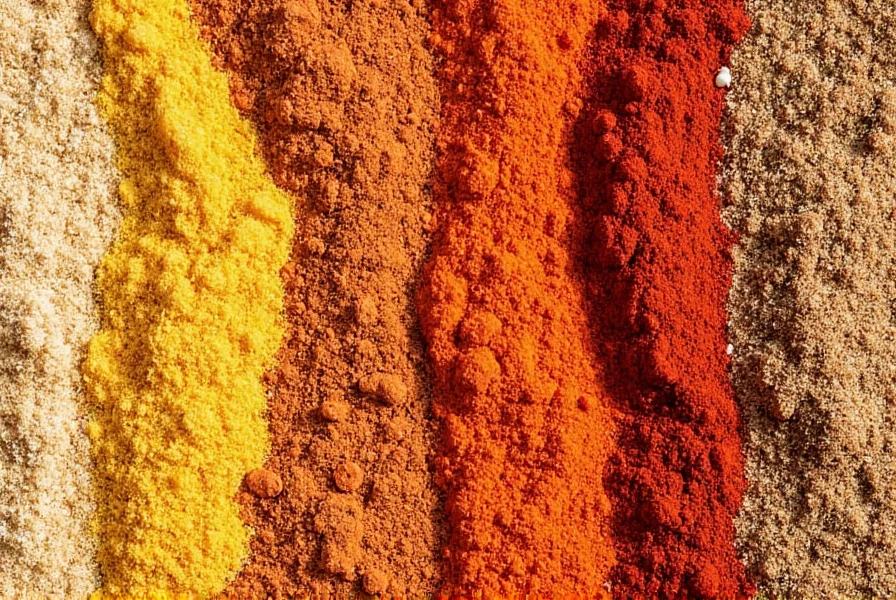
How to Toast Spices:
- Use a dry skillet over medium heat
- Add whole seeds or ground spices
- Stir constantly until fragrant (about 1–2 minutes)
- Transfer immediately to a cool bowl to stop cooking
Toasted spices add depth to salsas, moles, and even simple rice dishes.
Tip #3: Balance Heat and Flavor with Chiles
Chiles aren’t just about spiciness — they contribute color, complexity, and culture. Understanding which ones to use can elevate your American Latin cooking from “hot” to “heavenly.”
| Chile | Heat Level (Scoville Units) | Flavor Notes | Best Used In |
|---|---|---|---|
| Ancho | 1,000–2,000 | Fruity, mild, smoky | Mole sauces, soups |
| Guajillo | 2,500–5,000 | Berry-like, tangy | Salsas, marinades |
| Chipotle | 5,000–10,000 | Smoky, spicy | Adobo, stews |
| Jalapeño | 2,500–8,000 | Grassy, crisp | Fresh salsas, nachos |
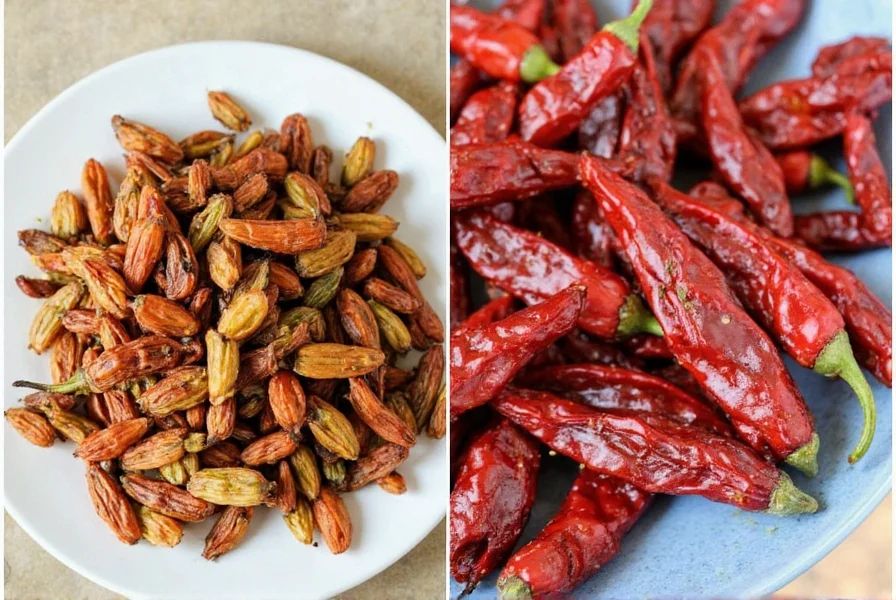
Pro Tip:
If using dried chiles, soak them in hot water for 20 minutes before blending to soften and enhance flavor.
Tip #4: Fresh vs. Dried Herbs — Know the Difference
Herbs bring freshness and brightness to American Latin food. But knowing when to use fresh cilantro versus dried oregano can make all the difference.
- Fresh herbs: Use at the end of cooking or as garnish (e.g., cilantro, epazote).
- Dried herbs: Best when added early to infuse flavor into sauces and stews (e.g., Mexican oregano, bay leaves).

Key Differences:
- Cilantro adds a vibrant, citrusy kick to tacos and salads.
- Mexican oregano (not Mediterranean) offers a more robust, earthy flavor perfect for mole or tomato-based sauces.
Tip #5: Citrus Zest Adds a Bright Kick
While not technically a spice, citrus zest is a secret weapon in Latin American cooking. A little lime or orange zest can brighten up even the heaviest dishes.
Where to Use Citrus Zest:
- Marinades for grilled meats
- Salsa verde or citrusy salsas
- Desserts like tres leches cake
Next time you squeeze limes for guacamole, don’t throw away the zest — stir it in!
Tip #6: Make Your Own Mojo and Adobo Blends
Ready-made seasonings are convenient, but making your own mojo (Cuban citrus-garlic sauce) and adobo blends takes your flavor game to another level.
Basic Mojo Recipe:
- Orange zest + lime zest
- Garlic cloves, minced
- Olive oil
- Vinegar or citrus juice
- Ground cumin
Simple Adobo Blend:
- Garlic powder
- Onion powder
- Black pepper
- Smoked paprika
- Dried oregano
- Crushed red pepper flakes (optional)
Store both in airtight containers and use them on everything from chicken to grilled veggies.
Tip #7: Store Spices Like a Pro
Even the best spices go stale if not stored properly. Here’s how to keep them tasting fresh:
- Keep in dark glass jars away from light and heat.
- Label with purchase date — most spices last 6–12 months.
- Avoid storing near the stove or oven.
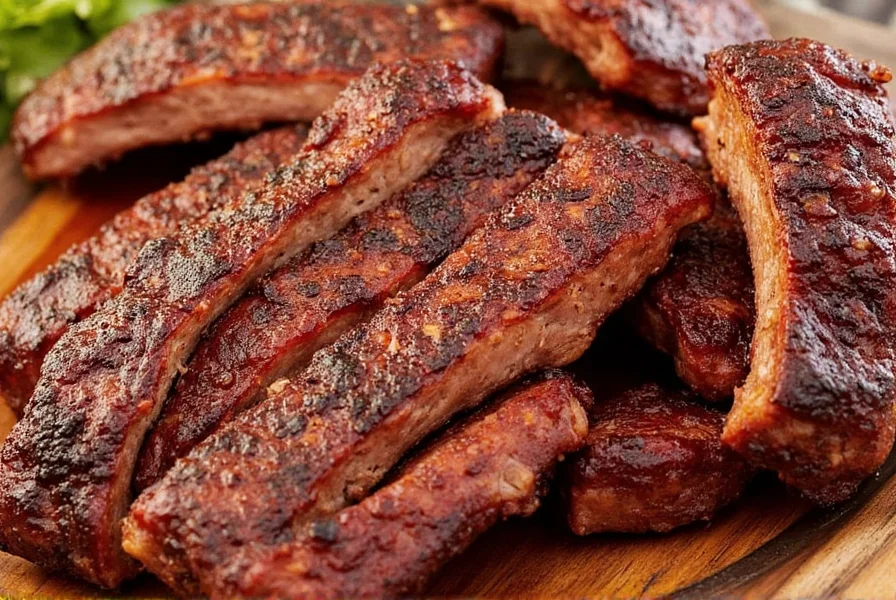
Whole spices like peppercorns and cumin seeds last longer than ground versions — consider grinding them yourself when needed.
Buying Guide: Top Spice Kits for American Latin Food
If you're just starting out or want to save time, here are some top spice kits and blends designed specifically for American Latin food:
| Product | Features | Best For | Target Audience | Occasions |
|---|---|---|---|---|
| MexiBlends Ultimate Seasoning Kit | Includes 6 traditional spice blends; resealable containers | Tacos, enchiladas, beans | Beginners & families | Weeknight dinners |
| LATIN FLAVORS All-in-One Pack | Organic, gluten-free, non-GMO certified | Tex-Mex, Puerto Rican, Cuban | Health-conscious cooks | Meal prep & parties |
| La Cocina Real Mexican Kit | Authentic regional spices; includes dried herbs | Mexican soups, moles, salsas | Advanced cooks | Weekend feasts |
| Chipotle Smoked Spice Trio | Chipotle, smoked paprika, fire-roasted garlic | Grilled meats, BBQ fusion | Grill masters | Backyard grilling |
| The Latin Pantry Essentials Box | Spices + recipe cards included | Everything Latin-inspired | Newcomers & gift givers | Gifts & beginners |
Buying Tip:
Look for spice kits labeled “organic,” “non-GMO,” and “gluten-free” for better quality. Also, check if they come with recipe cards or guides — super helpful for novices!
Conclusion: Bring the Fiesta to Your Kitchen
Mastering American Latin food starts with understanding how spices work together. Whether you're marinating chicken, simmering a pot of black beans, or whipping up a quick salsa, the right blend of heat, earthiness, and brightness can turn your everyday meals into celebrations.
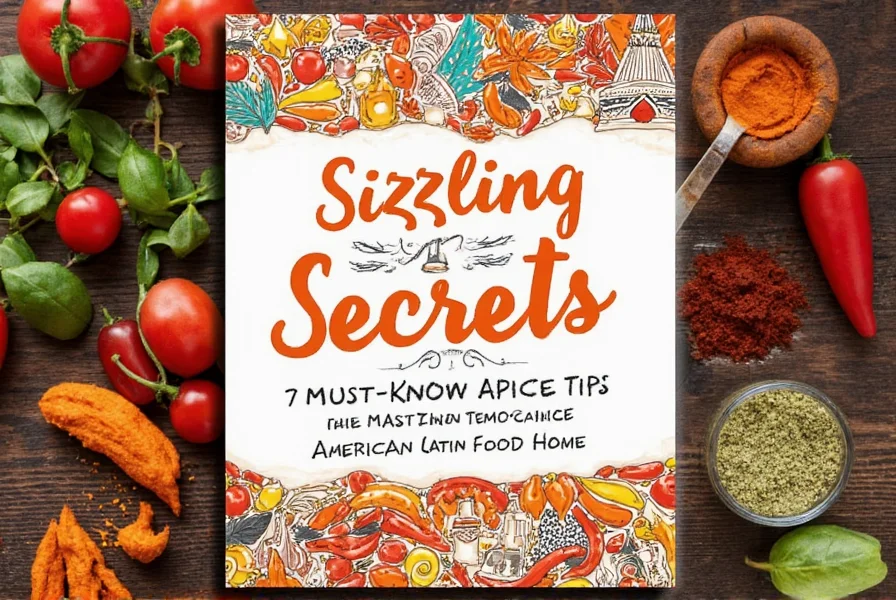
So grab your favorite spices, toast them up, and let your kitchen smell like a block party. With these seven sizzling spice secrets, you’re ready to impress your family, friends, and even your inner critic.
Now, ¡vamos a cocinar con amor y sabor!










 浙公网安备
33010002000092号
浙公网安备
33010002000092号 浙B2-20120091-4
浙B2-20120091-4